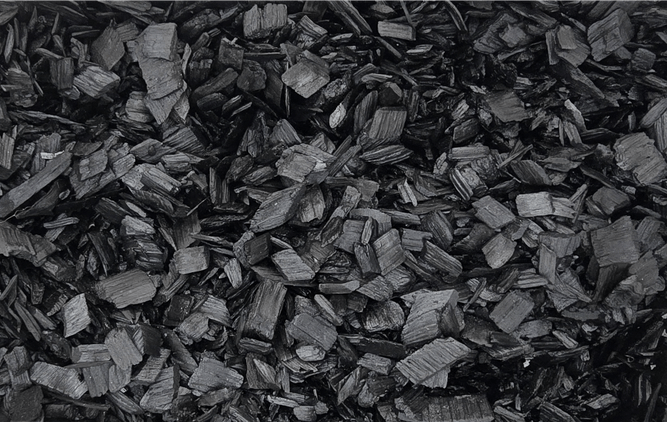Our market
Europe faces a growing need for reliable, low-carbon energy. Pellets provide an immediate renewable alternative to fossil fuels, while biochar enables long-term carbon removal and supports industrial decarbonisation. Combined with Nordic production capacity and supportive EU policies, the growth potential for both markets is strong.
Reliable, local heat with structural supply gaps
Across the EU, pellet demand continues to outstrip domestic production. In 2023, European pellet consumption hovered around 24.5 million tonnes, while domestic production was about 20.8 million tonnes. Even with production levels rising, the supply gap is expected to persist into 2025 and beyond due to constraints in sustainable biomass sourcing.

For the Nordic region, this represents a clear opportunity. Finland and Sweden both have strong forestry sectors, residual streams from sawmills, and proximity to heating and industrial demand. Our Davidstad plant contributes to closing this supply–demand imbalance with localized, lower-transport emissions pellet supply.
The broader European pellet market is forecasted to grow at a CAGR of ~6.4 % from 2025 to 2035 (valued ~USD 12.9 billion in 2025 → ~USD 23.9 billion in 2035). This growth is driven by decarbonization targets, energy security concerns, and policy support under EU’s Renewable Energy Directive.
Turning carbon into capital
Biochar is rapidly emerging as a key tool for carbon removal and industrial decarbonisation. The European Biochar Industry Consortium (EBI) reports increasing adoption in agricultural, construction, and metallurgical sectors, while markets for certified carbon removal through biochar are now taking shape.

Europe’s biochar market is expanding quickly. EBI estimated production at around 75,000 tonnes in 2023 – a 41% year-on-year increase – with 115,000 tonnes expected in 2024. Independent forecasts point to nearly 495,000 tonnes by 2030, representing an annual growth rate of roughly 24% (CAGR).
The EU’s recognition of biochar under emerging carbon removal and cross-border product frameworks is accelerating both investment and demand. The development of the Carbon Removal Certification Framework (CRCF) marks a major step, with dedicated methodologies for biochar now being refined.
Heavy industries, such as steel and ferroalloys, are beginning to substitute fossil reductants like anthracite, charcoal, and coke with biocarbon or biochar. Trials show that biochar can be injected or blended in blast furnaces without affecting operations, making it one of the most immediate and practical pathways to cut fossil-based inputs.
As of 2022, European biochar production capacity was relatively modest, at around 53,000 tonnes. However, the industry is growing rapidly, with more TRL-9 (commercially proven) technology providers entering the market. Long-term success will depend on developing robust offtake markets and consistent regulation.
Nordic BioPower’s upcoming Höganäs biochar facility will operate on an industrial scale within this growing market. With reliable Nordic feedstocks and rising demand for carbon storage solutions, we are well positioned to serve both climate markets and industrial customers, contributing directly to Europe’s net-zero ambitions.